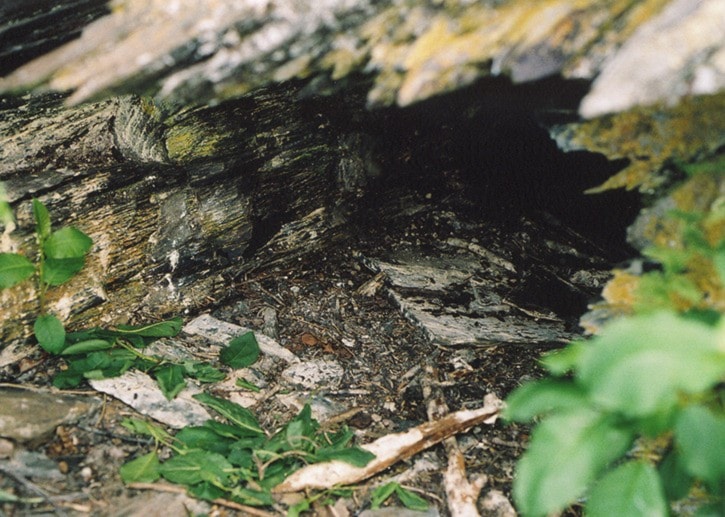Flying without wing flapping is a category of being airborne. Turkey vultures do just that and so do hawks and eagles. However, I’ve observed that vultures seem to do a lot more gliding than either of those. In the open sky they rise higher and higher, slowly circling until they are hardly visible. At that point it is difficult to recognize them as turkey vultures and not eagles, with whom they may be sharing the same warm updraft, except if you can recognize a couple of differences.
Eagles and hawks, for the most part, glide with steady wing positions. Now if a gliding hawk- or eagle-like bird acts a bit tipsy, tilting quickly but only slightly from side to side, you could be watching a turkey vulture — watch those wingtips. However, if the wings form a very shallow V, a more angled position than eagle or hawk wings in glide position, which is basically flat, you can be more sure that what you are watching is a vulture. Perhaps these details are difficult to pick out when the birds is a way up there. But these features can be detected when they are gliding anywhere. They also “climb” mountain slopes with out a wing beat, making hikers feel pretty inefficient.
A great place to watch turkey vultures is from the rocky overlook at the end of the Creston Mountain Trail (which is only partway up Creston Mountain). Or you can go to the lookout along the highway to Wynndel and watch for them gliding along the hillside.
I was enjoying my lunch, and a pleasant breeze, at the end of trail overlook on Creston Mountain. Abruptly, I realized I had company. A couple of hundred feet below me was a turkey vulture slowly circling over the ground and trees. Without a wingbeat, circling and going back and forth, it climbed the slope. Shortly, it made a drift back and forth just below me, coming up to equal level and sailing by me without a sound. Then there was another, and a third, each catching me by surprise, being silent and motionless passersby.
I guess they are called turkey vultures because they have a face resembling a turkey. The head is featherless and down-less. They don’t even have eyelashes. The bald head reduces the risk of having an untidy headdress, especially after a meal. Perhaps all this fits the other matter that turkey vultures are best at — cleaning up freshly dead animals, carrion, which they can pick up the slightest whiff of, from 30-50 miles away. On a thermal, when one smells something edible, others join in on the warm air column. I read that a circling group of turkey vultures, in a thermal, is called a “kettle”. My best record, for smelling their choice “dish” — not mine, of course — is from a couple of hundred feet. (I don’t like dead cow.)
Turkey vultures don’t appear to be great on their feet. I, for sure, can’t imagine them running around like a sandpiper. They hop about rather clumsily and when disturbed take off with a great flapping of wings, landing in secluded trees out of sight from my prying eyes. When they exit, if through some trees, there is often snapping as their wings break small dead branches. But after I have left, they return in silence and eat in silence. I think, with the ravens, with which they may share the same dinner spot, they don’t get a chance to “talk”.
Since they are not great at walking, they nest and roost in spots where, with one or two hops, they can be airborne. These locations are often rock cliff ledges, or flat spots on steep inclines that are enclosed by dense brush. The nest may be under a rock or shrubby overhang or in the entrance of small cave located back from the edge.
Turkey vultures come in two combinations of “colors”. The adults have beautiful charcoal-coloured wings and bodies and bright red heads. The young have grayish-white heads and charcoal wings and feathers, quite contrasting colours from the adults. Belonging to the cleanup crew, along with jays, crows, ravens and eagles (which will eat live creatures), they perform a very valuable role in the society of birds, animals and plants. And, if you don’t already know, the cleanup crew has arrived!
Ed McMackin is a biologist by profession but a naturalist and hiker by nature. He can be reached at 250-866-5747.
